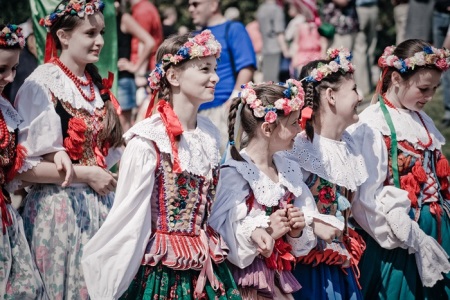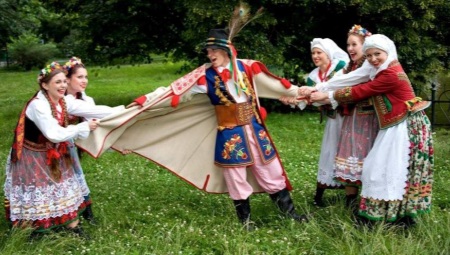Immersion in history
The history of Polish clothing deserves everyone's attention.

For many centuries, the country of the nobility was under the dome of the influence of the culture of other countries. For this reason, the Polish national costume was forced to go through several stages of development in order to end up with what people of the twenty-first century can still observe.
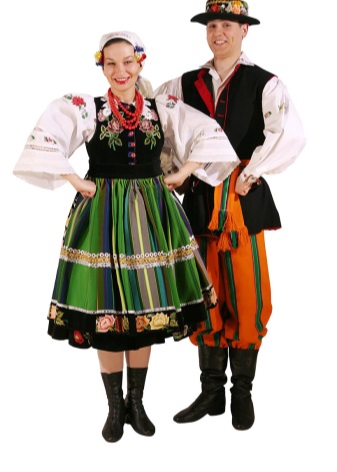
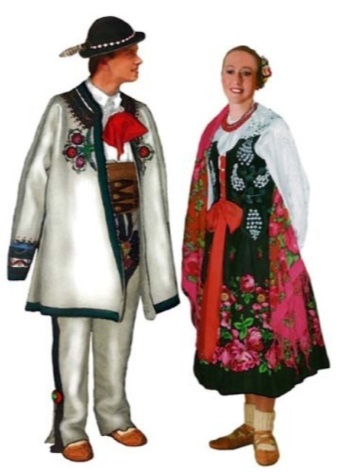
Motifs from Russia, Austria, Lithuania and Romania participated in the modification of the outfit. Thanks to this diversity, the costume turned out to be unique and original.

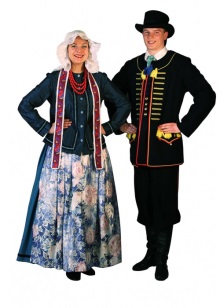
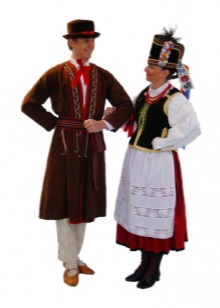
Polish traditional clothing was divided into three groups, which depended on the position of a person in society.
- The gentry suit changed most often. Men watched the merchants coming from other countries and joyfully exploited some of the features of their clothes. It was the gentry of the gentry who received the widest distribution and received the proud title of the nationwide. A suit was made of natural wool.
- The same can be said about urban attire. Flax was used to create clothing for urban residents.
- The peasant costume was not changed.
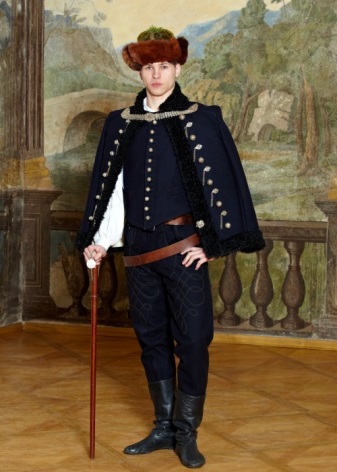

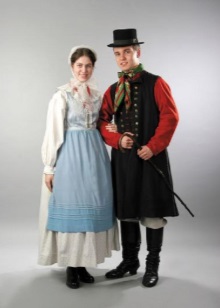
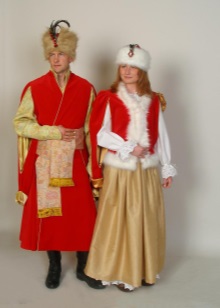

The specifics of the Polish costume
Fabric suitable for the manufacture of dresses was considered one of the main features of national Polish clothing. The outfits intended for work were sewn from inexpensive materials - mainly it was sheep wool and linen. And for ceremonial costumes, a valuable woolen striped fabric was needed.
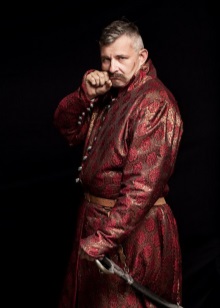
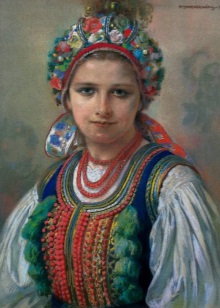
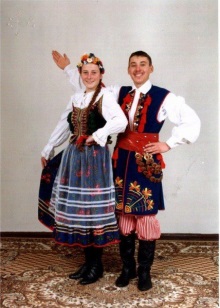
In each region of the country, the costumes differed from each other, but the main set was preserved everywhere.
- Pants for men, skirt for women.
- Corset, as usual decorated with embroidery and picturesque ornaments.
- Belt.
- Spacious shirt.
- Traditional Polish shoes are Kerp.
- Headdress.
- A variety of accessories.
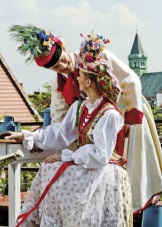
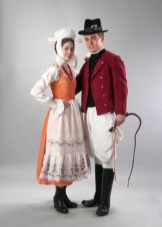
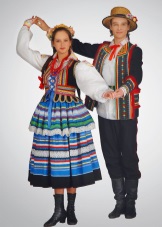
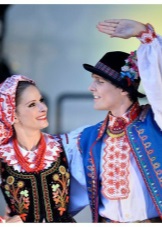
The Poles had a great thirst for luxury, so their national costume was always distinguished by the beauty that was created using embroidery with gold and silver threads. There were other decorative elements. Men flaunted with pleasure in magnificent outfits, just as women lured with their clothes the interested, admiring glances of the gentry.
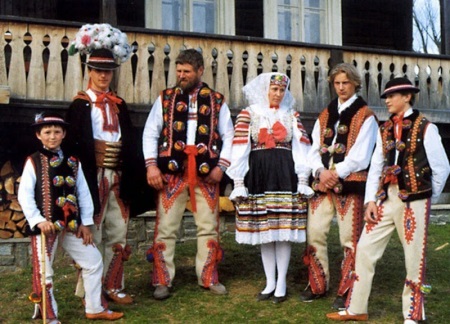
Color palette
For women in Poland was a real expanse! Each girl appreciates a variety of shades, and the Polish national costume fully satisfied the craving for everything beautiful. Patterns of women's and men's robes were complex. Until now, they are able to rivet their eyes for a long time, so that a person looks at them with interest, wondering what meaning the designer of the outfit put into his ornament.
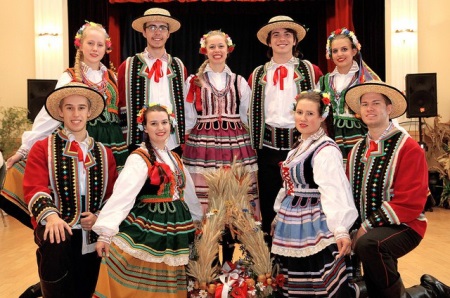
The following colors were most popular:
- red;
- blue;
- white;
- yellow;
- green;
- brown.
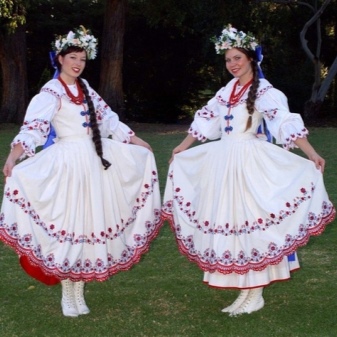
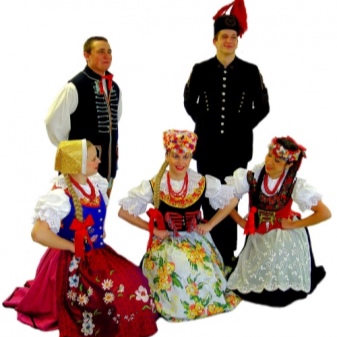
Girls from wealthy families often appeared before the eyes of others in rainbow dresses. Women preferred natural and floral ornaments, as many flowers had a symbolic meaning. It was believed that plant images attracted good fortune, strengthened family ties, protected from diseases and poverty.
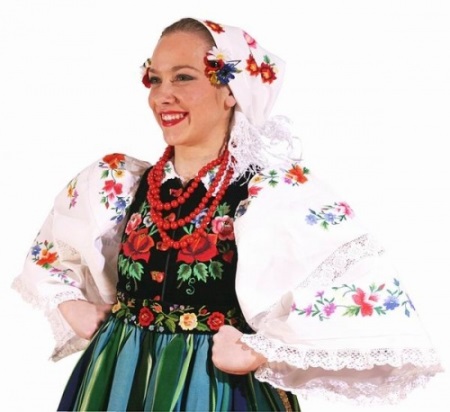
Costumes for men also looked extremely attractive, but did not stand out with such brightness. The men's outfit was made out in peaceful colors - in black, white, gray and brown.
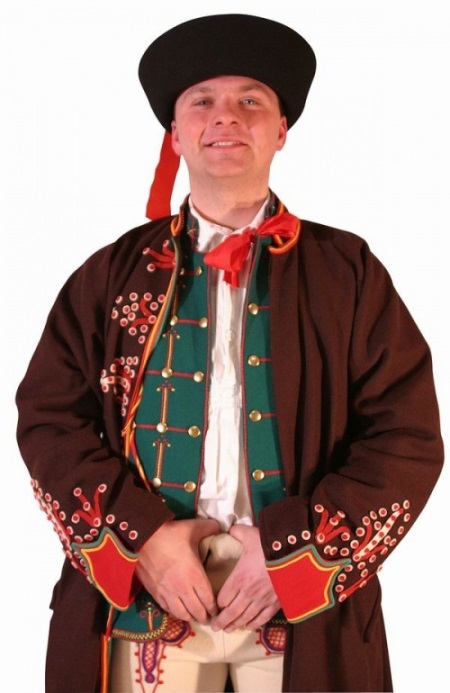
Children's clothing differed only in size. The outfit for the kids kept all the other features.
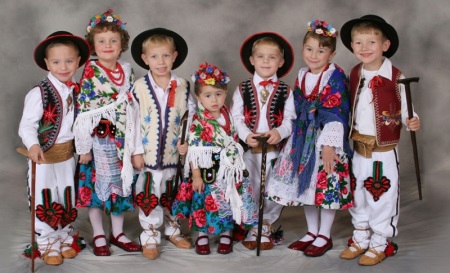
Shoes and jewelry
The headdress in the Polish national costume was given a special place. Men tried to decorate their hat as much as possible - this helped to demonstrate the level of his income. Young girls threw colorful scarves on their heads, easily distinguishing beauties from the rest. But married women forgot about scarves. They were replaced by bonnets.
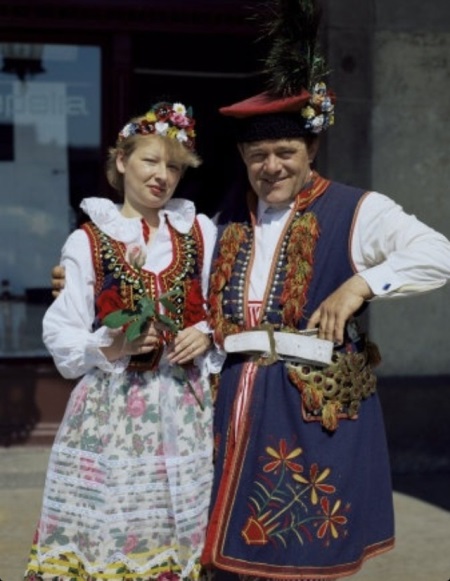
It’s hard to imagine a Polish without jewelry. Girls loved adorning the neck with massive red beads, voluminous earrings and chic bracelets. Red products created a passionate, enticing image that, in addition to a nice multi-colored dress, looked charming.
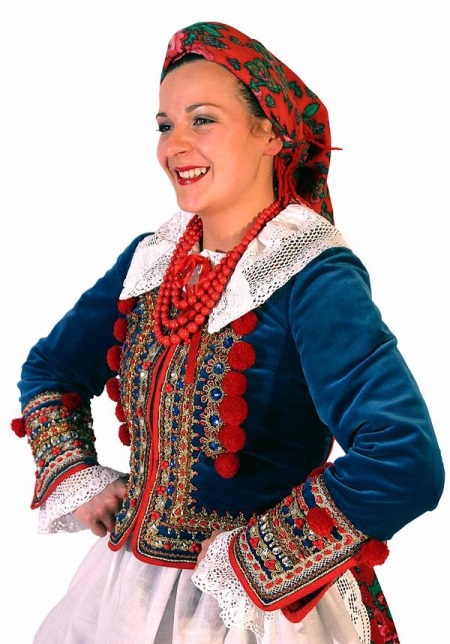
Shoes were chosen so that it harmonized with the outfit. The bootleg was high and medium. Each model had a reliable lacing, and heels were equipped with metal horseshoes.
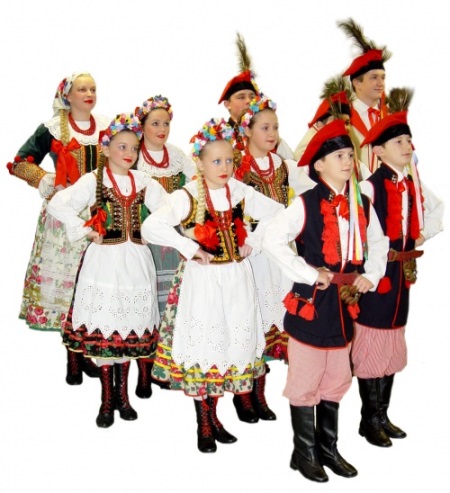
Reviews
Polish national costumes delight modern girls. Many fashionistas who are fond of role-playing reconstruction of various historical events are happy to acquire an outfit in the traditional Polish style and are satisfied. The cut of clothes is free, does not hide the dignity of the figure.
